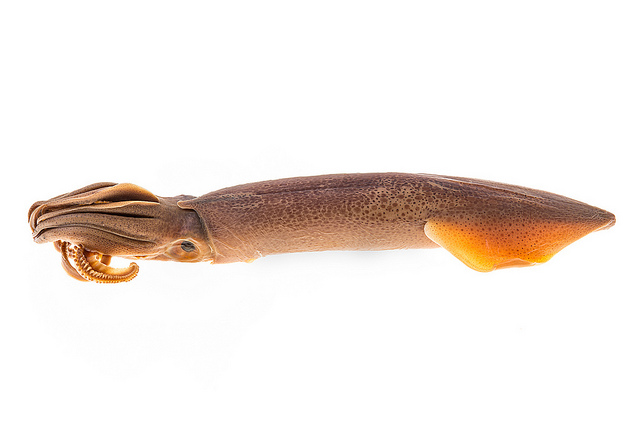Fathom the Deep
Heidi GartnerFormer Invertebrates Collection Manager and Researcher
When did you realize you wanted to become a marine biologist?
As a child I always loved animals and science. In grade 5, I watched an educational TV series called Voyage of the Mimi. It was about a team of researchers travelling the world living on a boat, the Mimi, studying whales and the ocean. I knew instantly that I wanted to do that when I grew up. Which was kind of funny, because I lived in Ontario where there are no oceans.
How did you become the invertebrates collection manager?
I came to Victoria to study biology and oceanography at the University of Victoria. I was still interested in whales when I took my first invertebrate (animals without backbones) biology course. I was absolutely shocked and amazed when I started learning about the diversity of invertebrates and studying their varied anatomy and lifestyles. I was hooked. I took every invertebrate and related marine course I could. After my undergraduate degree I worked with Fisheries and Oceans Canada (DFO) studying introduced or alien invertebrates in British Columbia. I then went on to get my master’s degree, studying invertebrate fouling communities (those growing on hard substrates such as docks and pilings) along the BC coast. Following my master’s degree, I worked a number of different contract positions and then landed back at DFO, this time working with Species At Risk. It was a wonderful job, working to protect endangered species, but when the position came up at the Royal BC Museum, I knew it was a perfect fit.
What do you do in a typical day as the invertebrates collection manager?
The great thing about this job is that every day is different. In any day I may be: doing research, in the field collecting specimens, giving tours, working with visiting researchers, cataloguing and databasing new records, shelving and organizing specimens, identifying animals, or contributing to content for exhibits and learning programs. It is my job to care for the invertebrate collection and to share its stories of British Columbia’s natural history. To accomplish this I get to work with a great team of staff and volunteers, visiting researchers, and inquisitive members of the public. In short, it’s a busy but wonderful job!
Stories by or about this person
See the Fall 2014 edition of What’s inSight for Invertebrates Collection Manager Heidi Gartner’s article about tunicates, small invertebrates also known as sea squirts.
Invertebrate collections manager and researcher Heidi Gartner talks about the three incredible deep-sea ecosystems that are designated as marine protected areas in BC. Credit: RBCM
This Week in History: Season 7, Episode 20: Marine Protected Areas on BC’s West Coast

